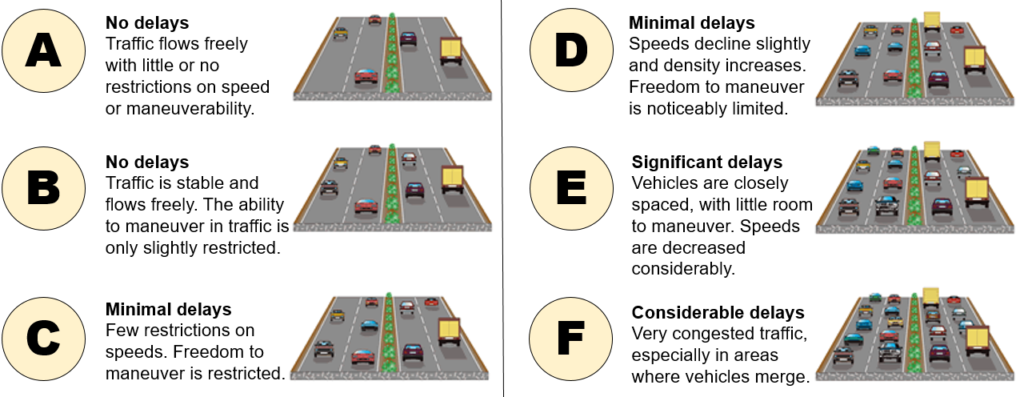 Purpose
Purpose
The purpose of the projects is to provide a safe and efficient transportation system by improving safety, reducing future congestion, accommodating planned growth, improving facility deficiencies, and improving system connectivity.
Needs
In the course of evaluation the corridor needs, a series of five independent projects was identified. Each project has specific needs, although many of the same needs are present for most, if not all, of the projects. The needs include safety, facility deficiencies, and congestion/anticipated growth.
Safety:
Locations within the project corridor have crash rates that exceed the statewide average for the same type of facility.
Facility Deficiencies:
Substandard roadway conditions exist throughout the corridor, including:
- Deteriorated pavement at the ned of its useful service life
- Substandard (narrow) shoulders
- Substandard (short) ramp deceleration and acceleration lanes
- Substandard (short) weave areas between the PA 113 and Norwood Road interchanges
- Substandard bridge structures (18) due to insufficient vertical clearance, lateral clearance, and/or curb to curb widths
Congestion/Anticipated Growth:
Undesirable Level of Service (LOS) and operational delays are present and/or projected to occur at locations throughout the corridor, including:
- The US 30 mainline from the Reeceville Road interchange to the eastern study corridor limits
- The intersections and interchange ramps at PA 10, Airport Road, PA 82, Reeceville Road, Fisherville Road, PA 340, US 322, and PA 113
- The Airport Road partial interchange negatively affects traffic, contribution to congestion and delays along Business US 30
Level of Service is a performance measure that represents the quality of service, measured on an A to F scale, as described below:

